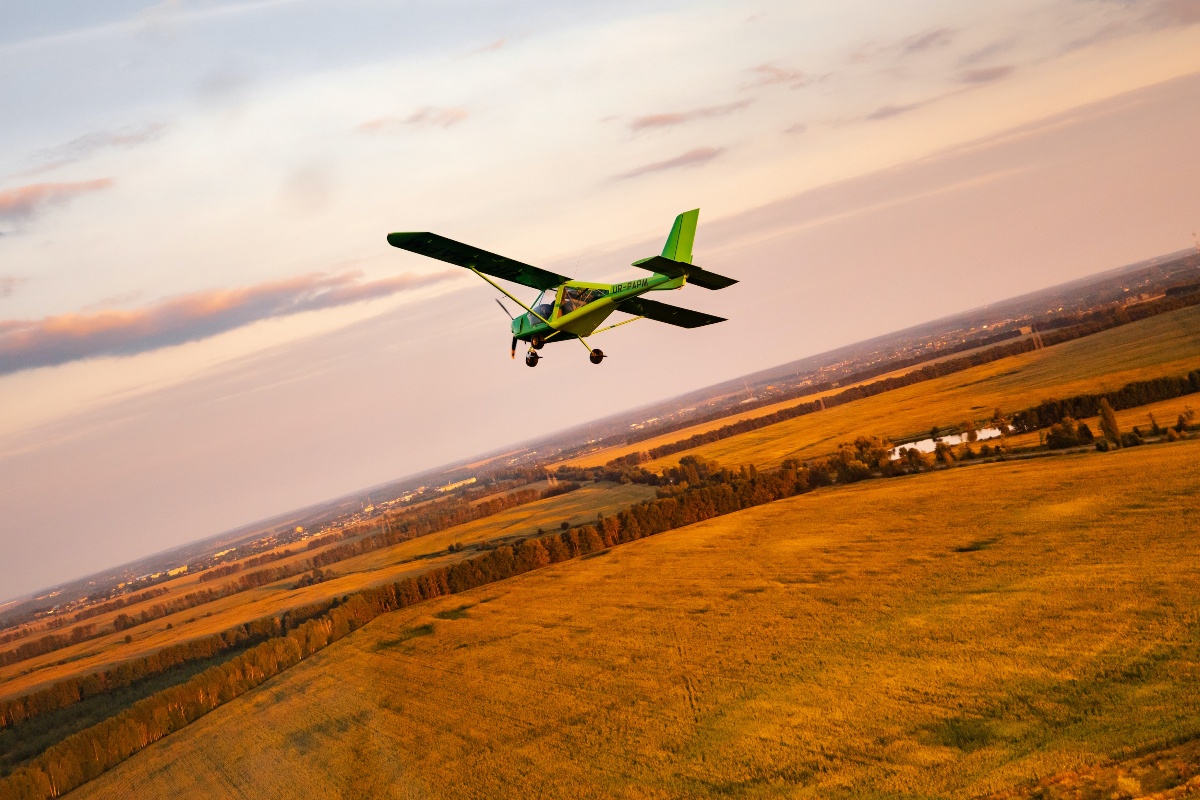An Introduction to Single-Pilot Resource Management in TAAs
Airline pilots have the luxury of working as a team. There are always at least two pilots in the cockpit who make decisions together. They also are aided by air traffic controllers, dispatchers, and various company personnel on the ground. The effective use of all these resources has helped improve the safety and operations of the commercial aviation industry. However, the breadth of resources available to non-commercial pilots may not seem as obvious—especially when they fly alone. That is what makes Single-Pilot Resource Management (SRM) so important.
Understanding how to use and implement SRM is critical for general aviation pilots to achieve a safe flight every time they step foot in the aircraft. Since a good pilot is always learning, let’s look at a more detailed approach to single-pilot resource management.
What is Single-Pilot Resource Management?
The FAA defines Single-Pilot Resource Management (SRM) as "the art of managing all onboard and outside resources available to a pilot before and during a flight to help ensure a safe and successful outcome." Notice the word art. Since single-pilot resource management applies to many types of operations, airplanes, and skill levels, we cannot create a checklist or procedure for it. Instead, we must learn from others and gain experience to make better decisions and effectively manage all our resources.
While SRM takes into account all the resources available to a pilot, the art is in understanding which resources s/he should use at a given time. Information overload can cause analysis paralysis or distract from the primary job of the pilot: flying the airplane!
Why is SRM Especially Important in Technically Advanced Aircraft (TAA)?
Before the popularization of SRM, inexperienced pilots too often were flying complex aircraft and using new technology without adequate training. Modern general aviation aircraft were criticized for being too complex and luring pilots into a false sense of security. However, years of airline data in TAAs proved that pilots could utilize new and advancing technologies safely and effectively. Once advancements in training caught up to those in the technology of the flight deck, general aviation accidents in TAAs became much less frequent.
Yet, even today, pilots are not immune to purchasing or flying aircraft and avionics beyond their current skillset, and technological advancements increasingly make that easier to do. The cost of adding high-tech hardware into cockpits has reduced significantly, and even old-school airplanes can be retrofitted with new technology.
Overall, these advancements greatly improve general aviation safety, but there is still a high potential for incidents and accidents when pilots do not utilize proper training and SRM techniques. The increased capabilities of airplanes require an increased responsibility to make sound decisions and operate safely. Just because new technology in cockpits makes some aspects of flying easier, pilots should not make riskier decisions. Automation management is critical to the success of a flight in modern aircraft.
Related Content: The Pros and Cons of Learning to Fly With a Glass Cockpit
How Can a TAA Help Improve Your SRM?
While the technology in TAAs perhaps makes SRM techniques more necessary, it also makes them easier to achieve for well-trained pilots. Advanced aircraft technology now allows pilots to expand ‘their team’ inside the cockpit in unique ways. There is much more than the radio and an air traffic controller available to help pilots maintain their situational awareness and manage risks.
- Electronic checklists give pilots more heads-up time and confidence that they have performed all the necessary procedures
- Autopilots—which often can perform approaches and even have VNAV capabilities—help pilots reduce their workload and stay ahead of the airplane
- Moving map displays help pilots increase their situational awareness and can prevent controlled flight into terrain (CFIT) and airspace violations
- WAAS-enabled GPS also can help pilots increase their situational awareness, particularly for ILS approaches
These features only scratch the surface of the technology available in modern aircraft. XM satellite weather radars, multiple radios, synthetic vision, and more help pilots considerably during single-pilot operations. Let’s take a closer look at a few of the most critical features.
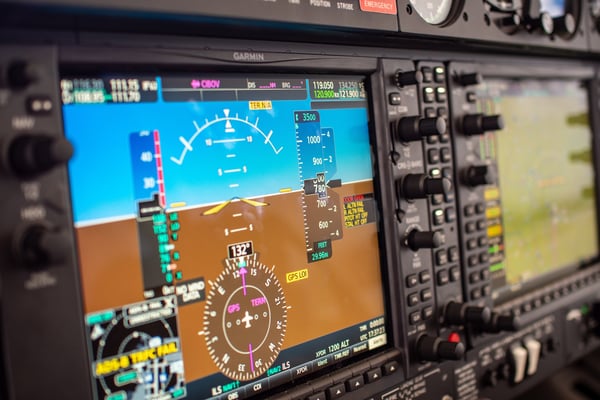
Photo by Mike Petrucci
The Enhanced Ground Proximity Warning System (EGPWS) and CFIT Avoidance
On your private pilot checkride, you need to demonstrate CFIT avoidance. Not so long ago, CFIT was the primary cause of most fatal air accidents. Improved training, moving maps, and the Enhanced Ground Proximity Warning System have saved thousands of lives.
However, without understanding how these tools work, pilots still can get in serious trouble. Accident case studies show that even when the EGPWS works correctly, pilots who have not been trained to use the system or who respond inappropriately to it are susceptible to crashes caused by CFIT.
Flying at low altitudes poses a risk for towers, mountains, and hills during instrument arrivals and departures, but many TAAs include terrain awareness and avoidance to help pilots navigate the terrain safely. Never silence a terrain warning. Take immediate action and climb at max power if you cannot visually identify and avoid the terrain.
Autopilot
Autopilot is the ultimate SRM tool. There is a reason airlines require the use of autopilot. At most airlines, a deferred autopilot factors into the decision for pilot fatigue. That is how important this resource is.
On some tricky approaches, it is mandatory to use the autopilot. It allows pilots to save their brain power for maintaining situational awareness instead of using too much mental energy managing the descent, turns, configuration, and radio calls.
When properly used, the autopilot is effective in increasing the safety of any flight. You should read through your autopilot manual to understand the full operation and potential threats associated with it.
How Can You Enhance Your SRM Training in TAAs?
A great way to start learning more is by watching professional flight crew videos on YouTube. Notice the way pilots interact with each other, their EFBs, ground crew, and ATC. While you do not have all those resources at your disposal when you fly by yourself, there is a lot to gain from learning how to choose the proper resource and tune in to what matters most at the right time. Here are a few ideas to help you think and perform in TAAs like a professionally-trained airline pilot.
- Read the autopilot manual and practice autopilot operations on the ground in a simulator or aircraft.
- Create a system for pre-flight weather checks and NOTAMs. Do these apply to your flight and your operation?
- Continuously look for opportunities to expand ‘your team.’ Beyond ATC, think about who can help expand your knowledge and keep you safe. Your mechanic is a great resource for learning more about your aircraft.
- Read accident and incident reports to gain more experience.
- Use real-life experiences that you have encountered or read about to implement scenario-based training into your proficiency plan.
Whether you are new to scenario-based training or not, here is an effective scenario to try. Look at a previous cross-country flight and pick a point halfway. Then, write down your available resources if you were to experience an airspeed indicator failure in poor weather. In this scenario, what resources do you have to expand your team? Who would you call on the radio? What manual can you use? What training do you have to fall back on in a situation like this?
Flight simulators are an effective tool for implementing scenario-based training into your proficiency plan, as they provide a safe and controlled environment that allows you to cut out the time you would spend in an airplane taxiing and flying to a practice area. Plus, the Federal Aviation Administration (FAA) recommends the use of flight simulation to prevent CFIT and other avoidable causes of accidents.
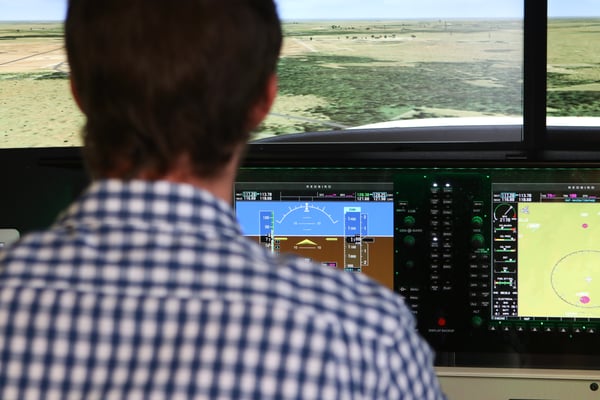
In a safety briefing on CFIT avoidance, the FAA recommends that you "keep your skills sharp between flights by flying simulators or flight training devices. Many feature realistic graphics so you can get a look at unfamiliar destination environments. And you can practice instrument procedures before you have to fly them for real."
Continuous learning is one of the most important things you can do as a pilot. It is better to learn from accident reports and simulated scenarios than to make mistakes in the airplane.
Related Content: What Does a Proficient Pilot Look Like?
For Your Next Flight
Before you take off for your next flight, consider how you can incorporate more elements of SRM. For instance, practice using a feature of the avionics you would not feel comfortable using when you need it the most.
As the old saying goes, there is nothing useful about the runway behind you or the gas left on the ground. Apply those same lessons to the cockpit. There is nothing helpful about a GPS we can't program or an autopilot that we can’t operate to its full extent. Fly Safe!
Share this
You May Also Like
These Related Articles
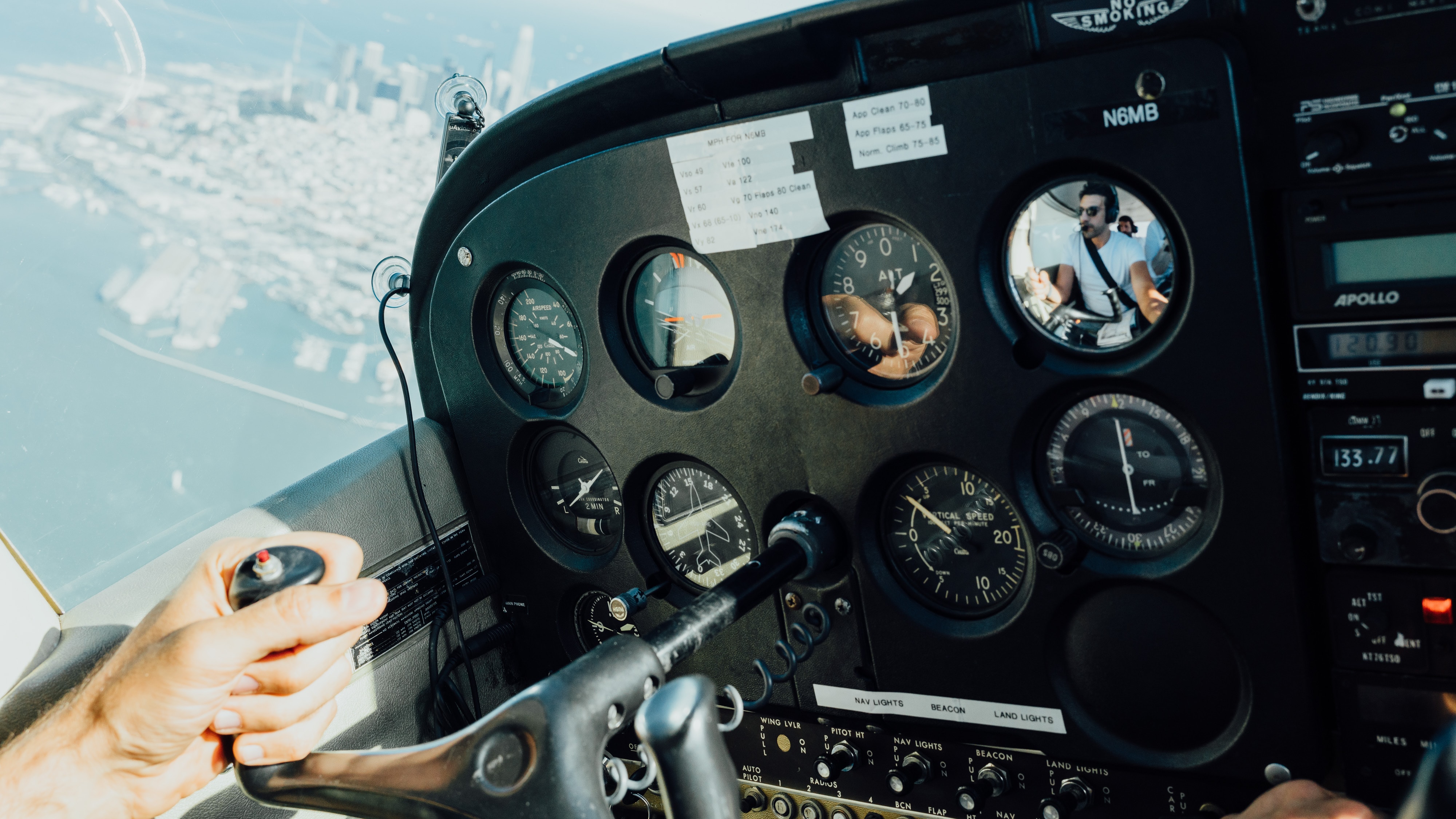
The Top IFR Mistakes: Choosing an Approach Too Late
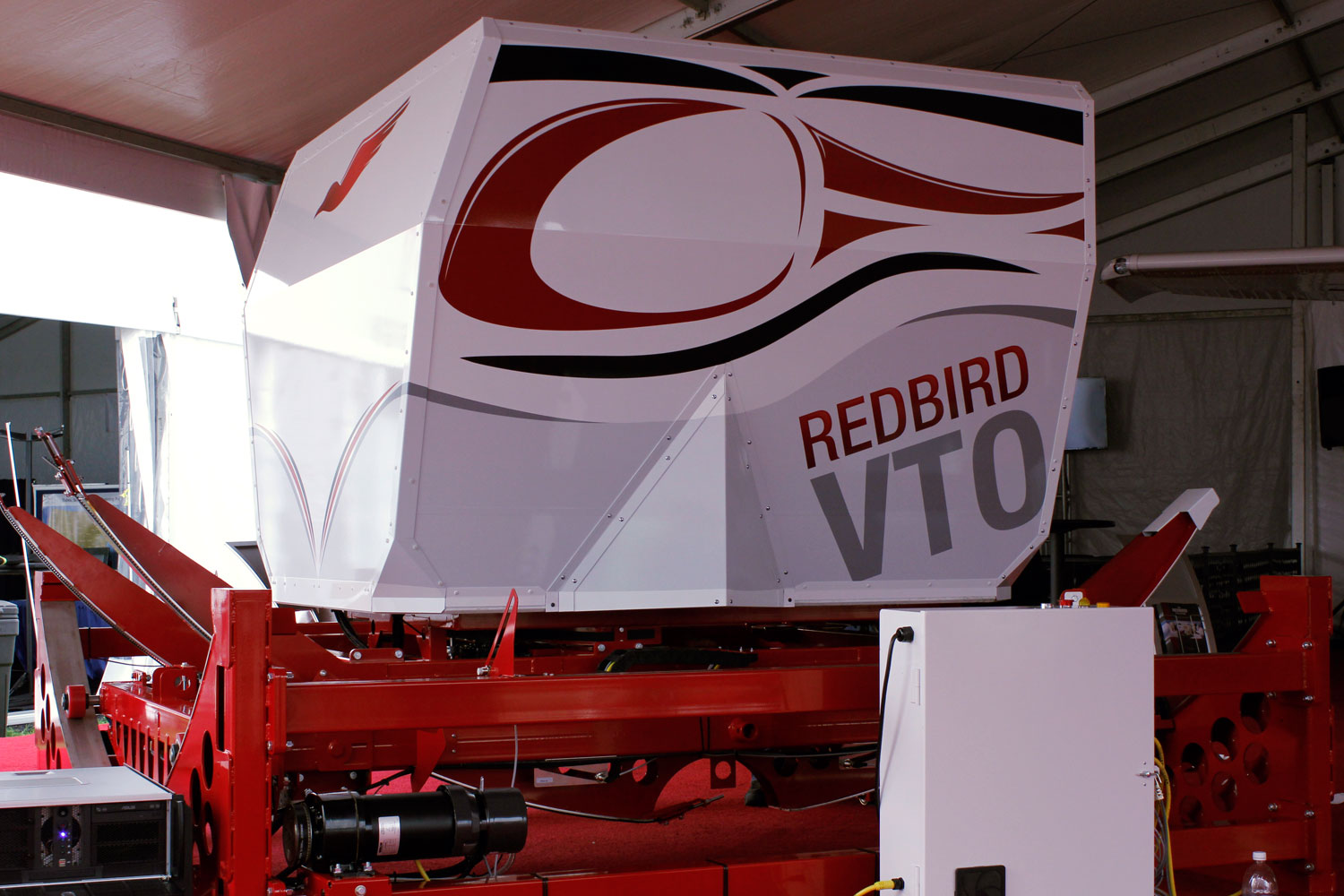
Behind the Scenes of the VTO Helicopter Trainer
